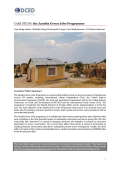
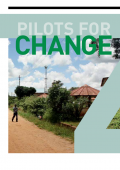
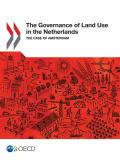
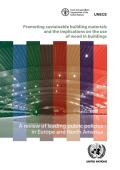
This study provides an overview of the current policy and regulatory environment regarding sustainable construction materials in the building sector in Europe and North America, and, where applicable, offers a commentary on the effectiveness of such regimes in driving the adoption of wood products. The study’s objective has been to...
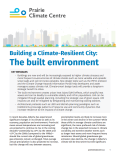
In recent decades, Alberta has experienced significant changes in its climate as well as its economy, population and environment. Provincial mean annual temperatures are increasing and are projected to continue to rise in the coming decades—potentially by 2.0°C by the 2030s and 4.0°C by the 2060s (compared to the 1990s)...
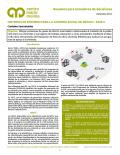
Through in depth case studies in Mexican cities, the Mario Molina Center proposed the location of social housing as an indicator of urban sprawl. Together with the government and construction companies, the Mario Molina Center has developed a tool to change incentives in the market so that development of future social housing...

This paper examines community participation in housing projects for low-income communities in Thailand and how they have sought to ‘leave no one behind’. Baan Mankong, the government slum upgrading programme, is unique in how it has institutionalised participation. Housing projects funded by international funders, community savings or small government subsidies...


The Government of Germany, together with the national development bank, promotes energy-efficient construction and refurbishment of Germany’s building stock through regulation, low-cost loans and public information campaigns.
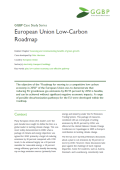
The objective of the “Roadmap for moving to a competitive low-carbon economy in 2050” of the European Union was to demonstrate that reducing EU greenhouse gas emissions by 80-95 percent by 2050 is feasible, and can be achieved without significant negative economic impacts. A range of possible decarbonization pathways for...
